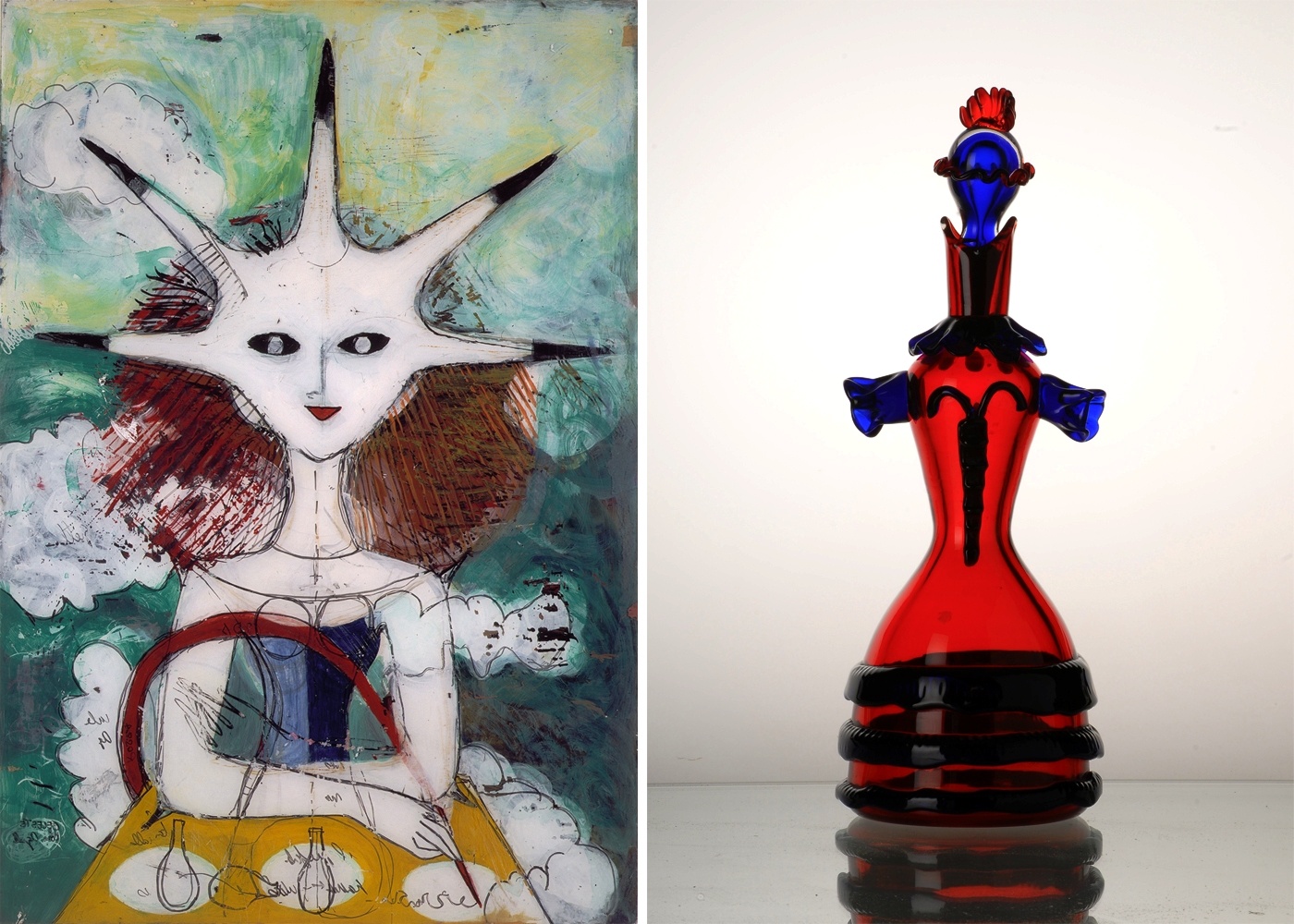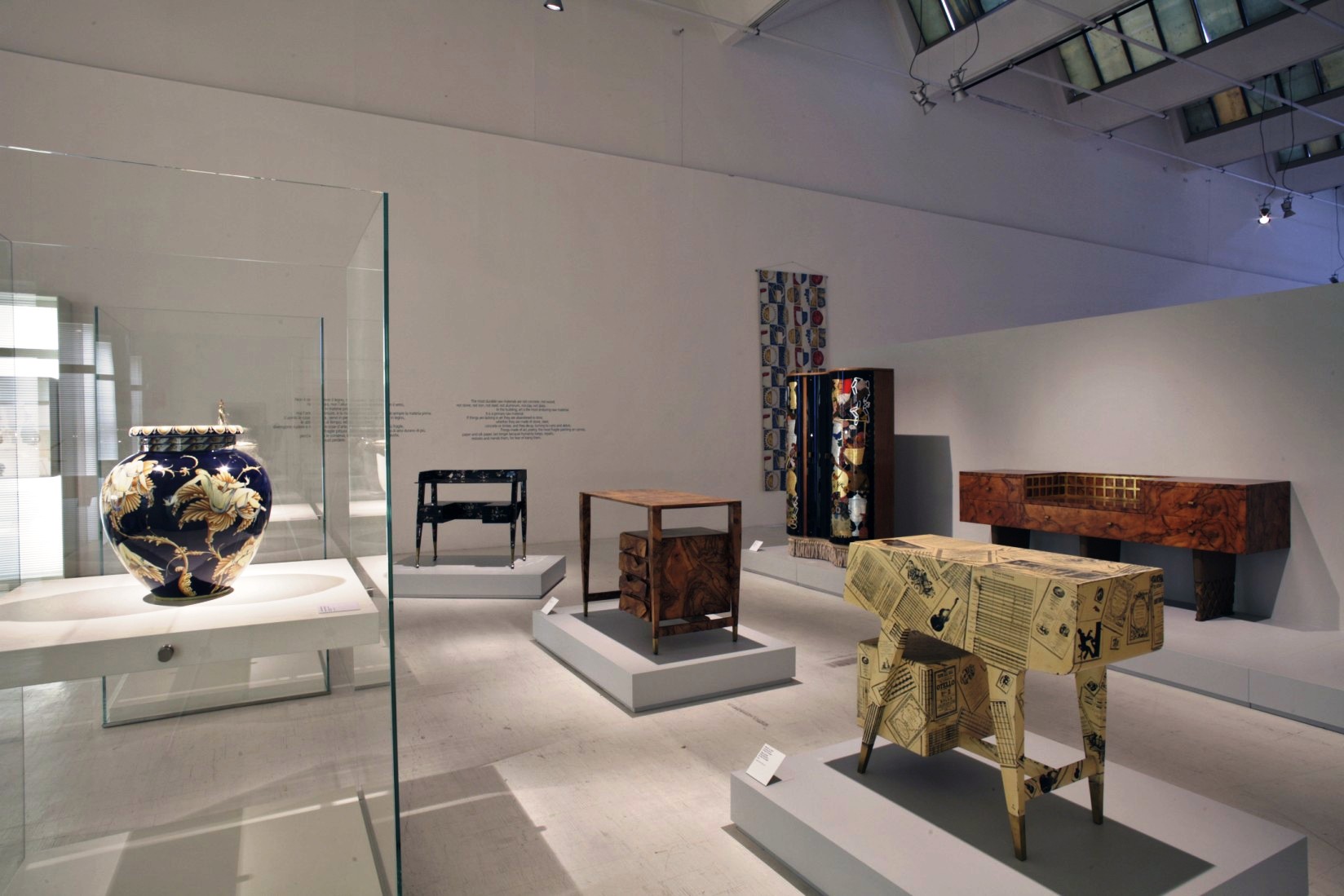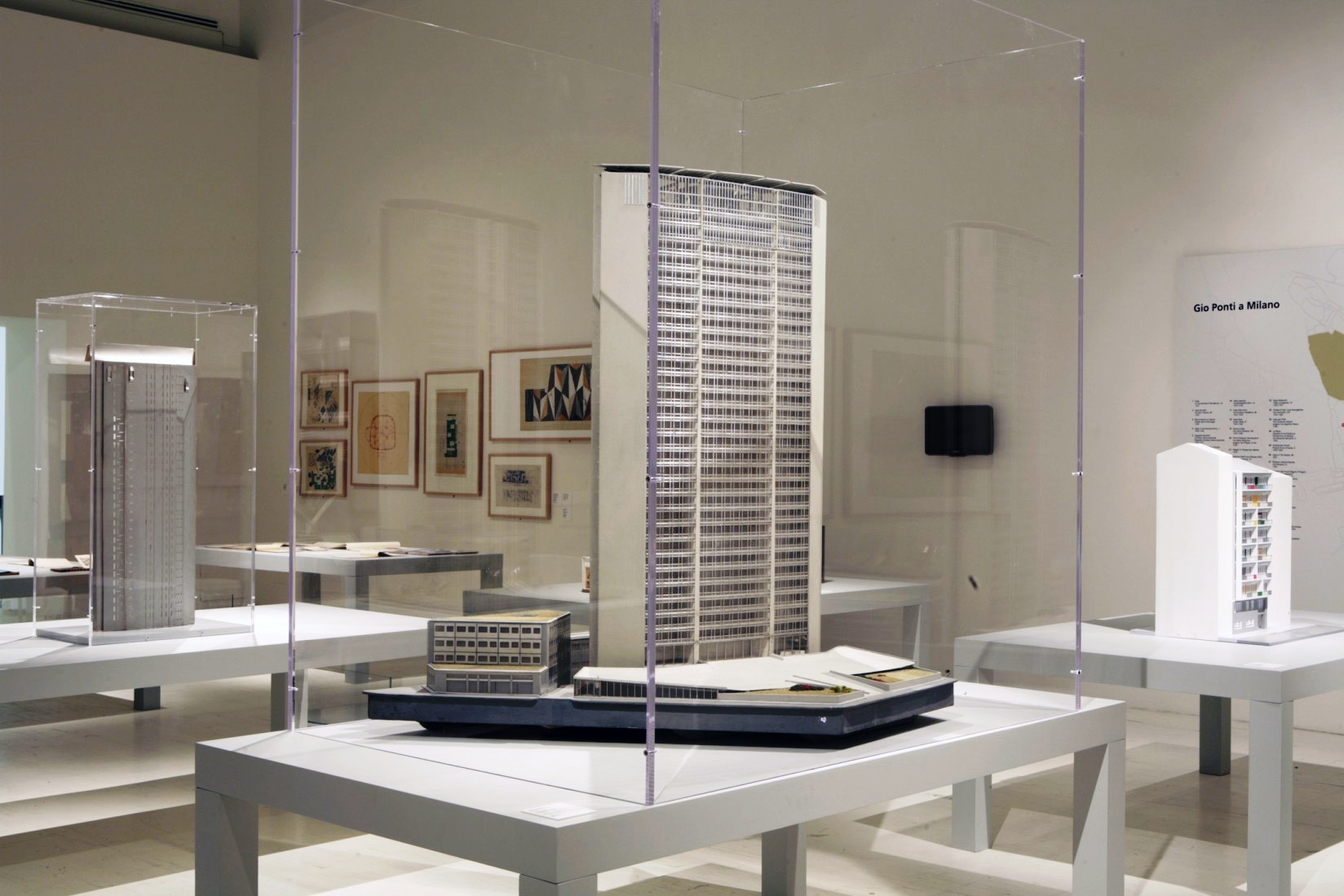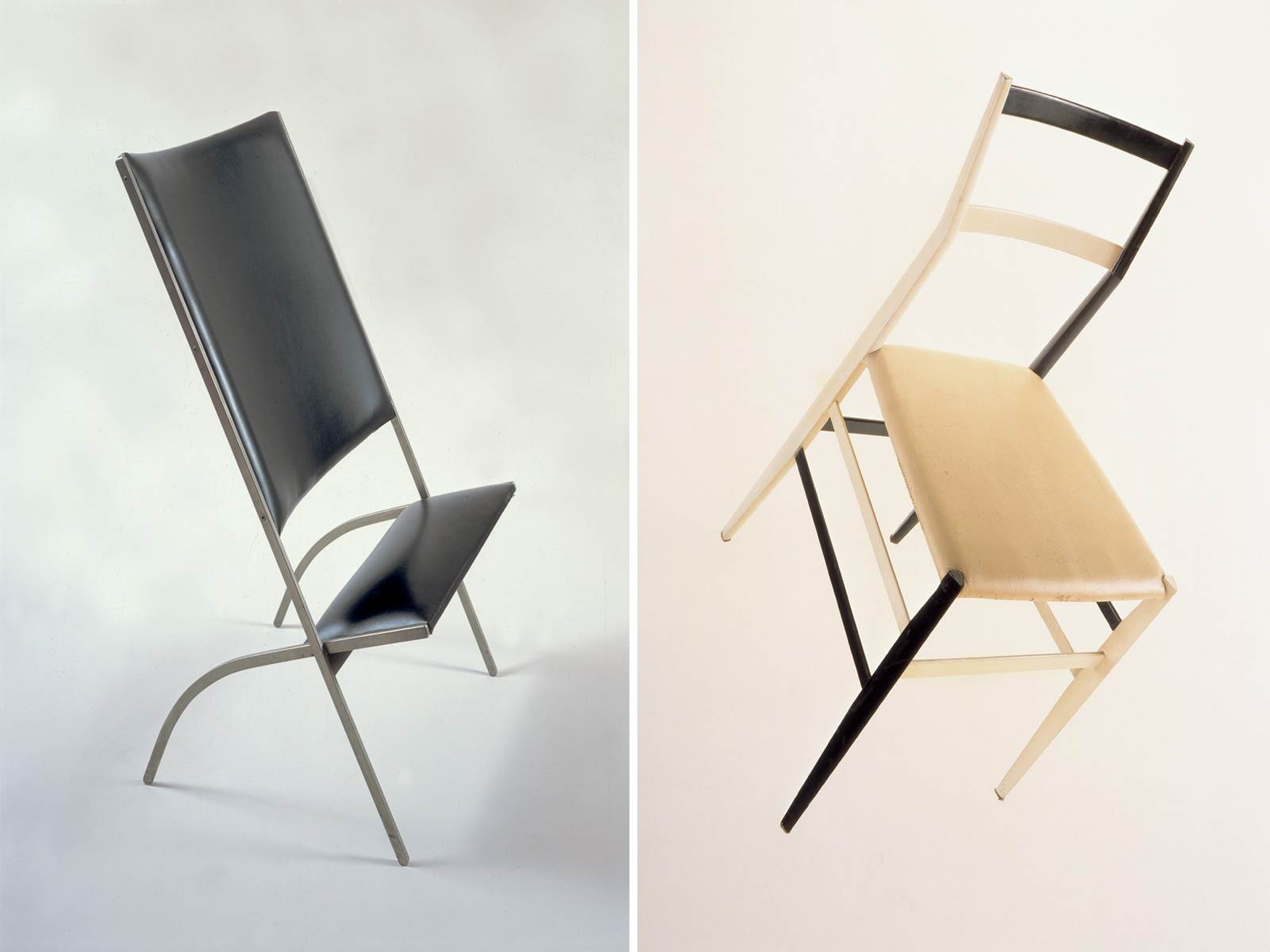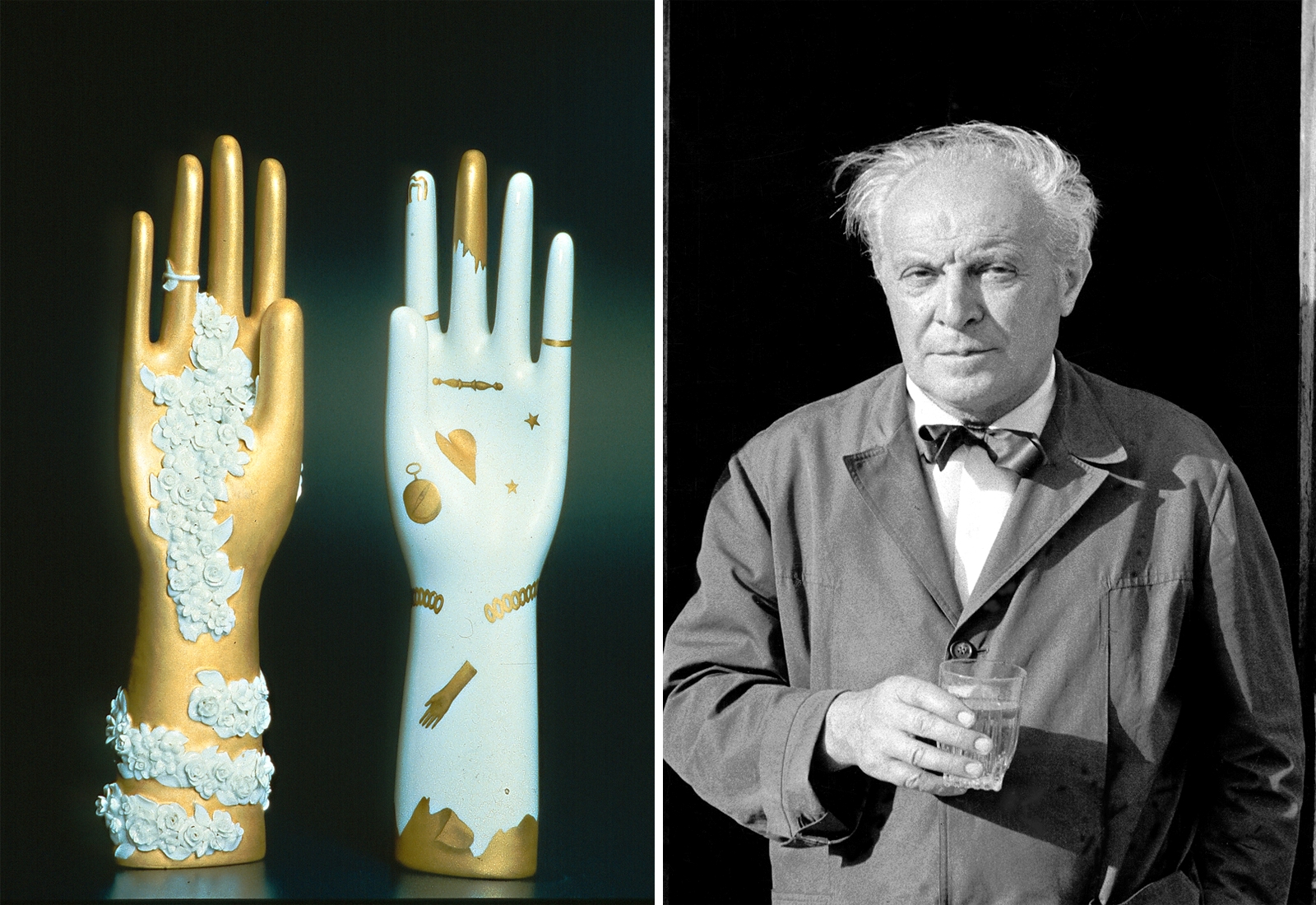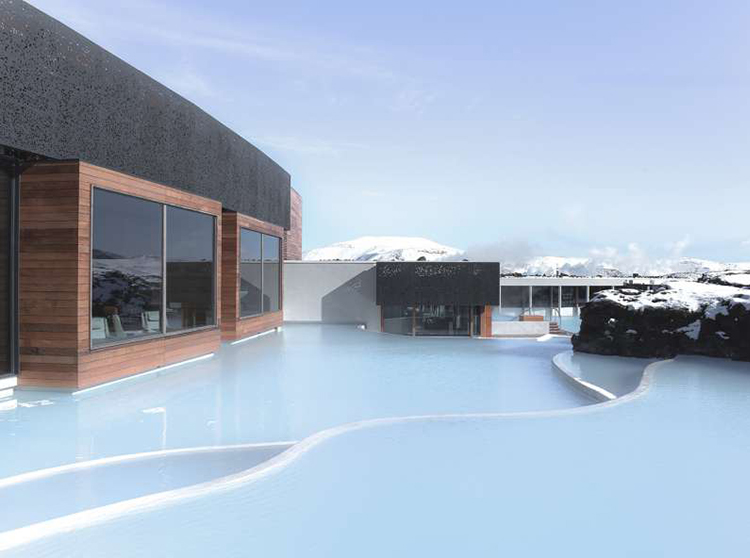In addition to being one of the first global architects of the twentieth century, with buildings constructed and designed by him in Italy and Europe, as well as outside Europe from Hong Kong to Denver, and Baghdad to Caracas, and San Paolo to New York, Ponti is also a designer with international recognition as a renowned theoretician and architecture critic. His curiosity and genius produced the magazine Domus and the historic publication Stile, which were concretizations of his larger commitment to seeking the relationship between architecture and the arts, including their promotion and exhibition, that emerged in the creation of the First Triennale di Milano in 1933 and in the coordination of many of the subsequent editions.
Through more than 250 sketches, drawings, paintings and sculptures, ceramics and majolicas, furniture and study models the exhibition draws attention to Ponti’s rich and complex creativity that began in the 1920s with his position as artistic director of the company Richard Ginori and unraveled for around seventy years in the field of architecture, industrial design, traditional and artistic production, as well as research and communications in the field of the arts. In this composite universe, an attempt is made to render Ponti’s presence in Milan symbolically explicit through some sketches and mock-ups for the first Montecatini building (1936-1938), for the Torre Pirelli (1956-1961), for the Church planned for the Ospedale San Carlo (1961-1965), among others. The architect’s contribution to his city is completed by the review of Italian and international projects with particular focus on the Italy-America axis, through Ponti’s work dedicated to the furnishings of ocean liners, as well as his citation of the Casement window, a new type of window frame realized between 1953 and 1954, intended as an homage to Philip Johnson and produced as a prototype by the New York firm Altamira.
Ties with the United States are also afoot with architectonic commissions realized or planned, from the Time & Life Building Auditorium in New York (1959) to the Denver Art Museum (1971), to Los Angeles Cathedral, which join noteworthy exhibitions in the exhibition such as the Primo Palazzo Montecatini in Milan (1936), the Istituto Italiano di Cultura in Stockholm (1954), the San Carlo Church in Milan (1966) and the Gran Madre Cathedral in Taranto (1970).
The exhibition is complemented by a display of Ponti’s communications through writing, painting, drawings brought together in a symbolic study where references to his realized projects and an intimate and personal dimension are brought together in films and interviews.
“The most resistant element is neither cement, nor wood, nor stone, nor steel, nor glass. The most resistant material in construction is art.” Gio Ponti
Expressions of Gio Ponti
May 6 – July 24 2011
Triennale di Milano
Curated by Germano Celant


















